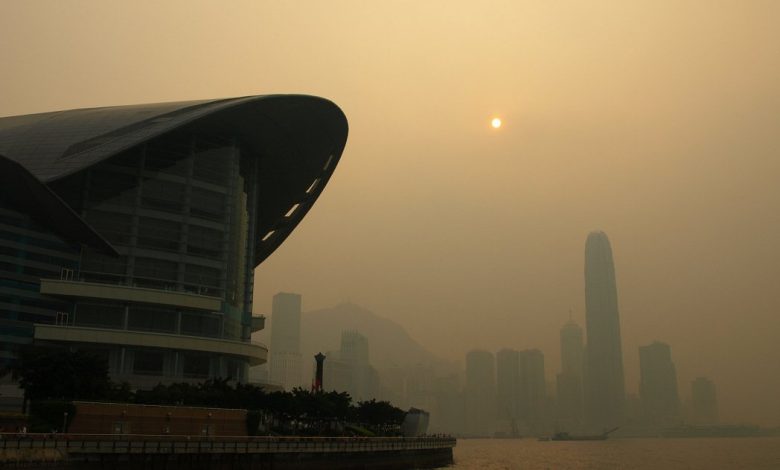Port efficiency gains can save 10,000 premature deaths annually

Comparing the centuries-old tradition of sailing fast and then waiting to the now-banned practice of smoking onboard planes, Haris Zografakis, a lawyer at Stephenson Harwood and one of the architects of the Blue Visby Consortium, has hailed research carried out by the Hong Kong University of Science and Technology (HKUST) showing the potential lives saved from more coordinated port arrivals.
Over several years, HKUST has studied the impact of maritime emissions on mortality, concluding that 90,000 premature deaths worldwide annually can be attributed to air pollution from ships. The university has since studied a sub-set of those emissions: the emissions caused by the practice of sailing fast and then waiting, and concluded that for every 1% of anchorage emissions reduced, around 400 premature deaths worldwide can be avoided. Getting rid of the sailing fast then waiting practice entirely could prevent more than 10,000 premature deaths annually, the new research shows.
“One day, we will look back on the days of [sail fast then wait] like we now look back on the days of smoking on a plane,” Zografakis commented via LinkedIn.
Blue Visby uses digital technology to optimise and stagger arrival times for groups of vessels travelling to the same port, with an algorithm providing an optimal arrival time for each vessel. This enables ships to slow down, cutting their fuel consumption and emissions, but still keep their place in the queue and arrive one after the other, which reduces unnecessary waiting times outside ports. This is complemented by a contractual framework which introduces a sharing mechanism to address the problem of split incentives.
The Blue Visby Solution had its first trials in March and April 2024 with the bulk carriers Gerdt Oldendorff and Begonia. The two vessels performed ballast voyages to CBH Group’s Kwinana Grain Terminal in Australia.
The trials resulted in CO2 savings of 28.2% for the Gerdt Oldendorff and 12.9% for the Begonia, resulting in an average savings of 17.3% at a speed of 14 knots.
In the case of the Gerdt Oldendorff, the prototype trial resulted in CO2 savings of 7.9% measured against the vessels’ intended voyage speed of 12 knots. If the ship increased its speed to 14 knots potential CO2 savings would have been 28.2%. Several benchmarks regarding speed were tested – RPM, laycan dates, and business-as-usual situations. The parties also had a choice as to whether to calculate the financial value of fuel savings and of the prolongation of the ocean passage by using contract rates or market rates provided by the Baltic Exchanges.
The level of CO2 savings in the trials was consistent with studies that had been conducted previously during the pilot program in 2023, during which ten voyages produced an average of potential CO2 savings of 18.9% as well as a series of hindcast simulations of 284 voyages from November 2021 until August 2023, which produced potential CO2 savings of 25.6% on average.
The Blue Visby Solution also did not interfere with weather routing, voyage planning or the timing of berthing – all of which were left in the hands of the participants.
The data collected during the pilot program in 2023 and the trials in 2024 are consistent with earlier studies and hindcast simulations of 20,580 voyages worldwide of 3,651 panamax vessels in 2022, which showed potential CO2 savings by applying the Blue Visby Solution in the order of 23.2% on average.

And mitigates global heating. All good work.
On a connected note – Marine Pollution Bulletin
Volume 198, January 2024, 115891
The underwater soundscape of the North Sea